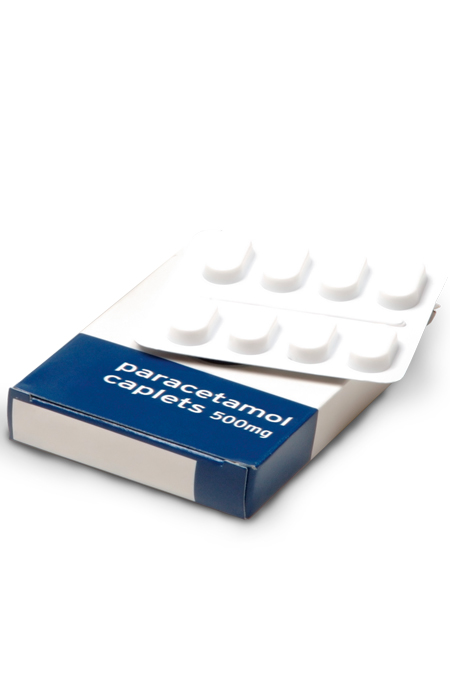Paracetamol as effective as opioids, research finds
In Clinical
Follow this topic
Bookmark
Record learning outcomes

Non-opioid analgesics improved pain-related function over 12 months as much as opioids, according to a study of 240 patients with moderate to severe chronic back pain or hip or knee osteoarthritis pain.
The opioid group initially received immediate-release morphine, oxycodone or hydrocodone plus paracetamol. If this was ineffective, they moved to sustained-action morphine or oxycodone. Step 3 was transdermal fentanyl.
In the non-opioid group, the first step was paracetamol or an NSAID. Step 2 was adjuvant oral medications (nortriptyline, amitriptyline, gabapentin) and topical analgesics (capsaicin, lidocaine). Step 3 consisted of pregabalin, duloxetine and tramadol.
Researchers used the Brief Pain Inventory (BPI), an 11-point scale, to assess interference and pain intensity, and considered a one-point improvement to be clinically important. The patients did not significantly differ on painrelated function: BPI scores were 3.4 for opioid users and 3.3 for the non-opioid group.
Pain was significantly less intense in the non-opioid group and adverse events significantly more common among opioid users.
Anxiety symptoms were statistically better in the opioid group, although the difference was small and the clinical importance €uncertain€.
The authors conclude that the results €do not support initiation of opioid therapy for moderate to severe chronic back pain or hip or knee osteoarthritis pain€.
